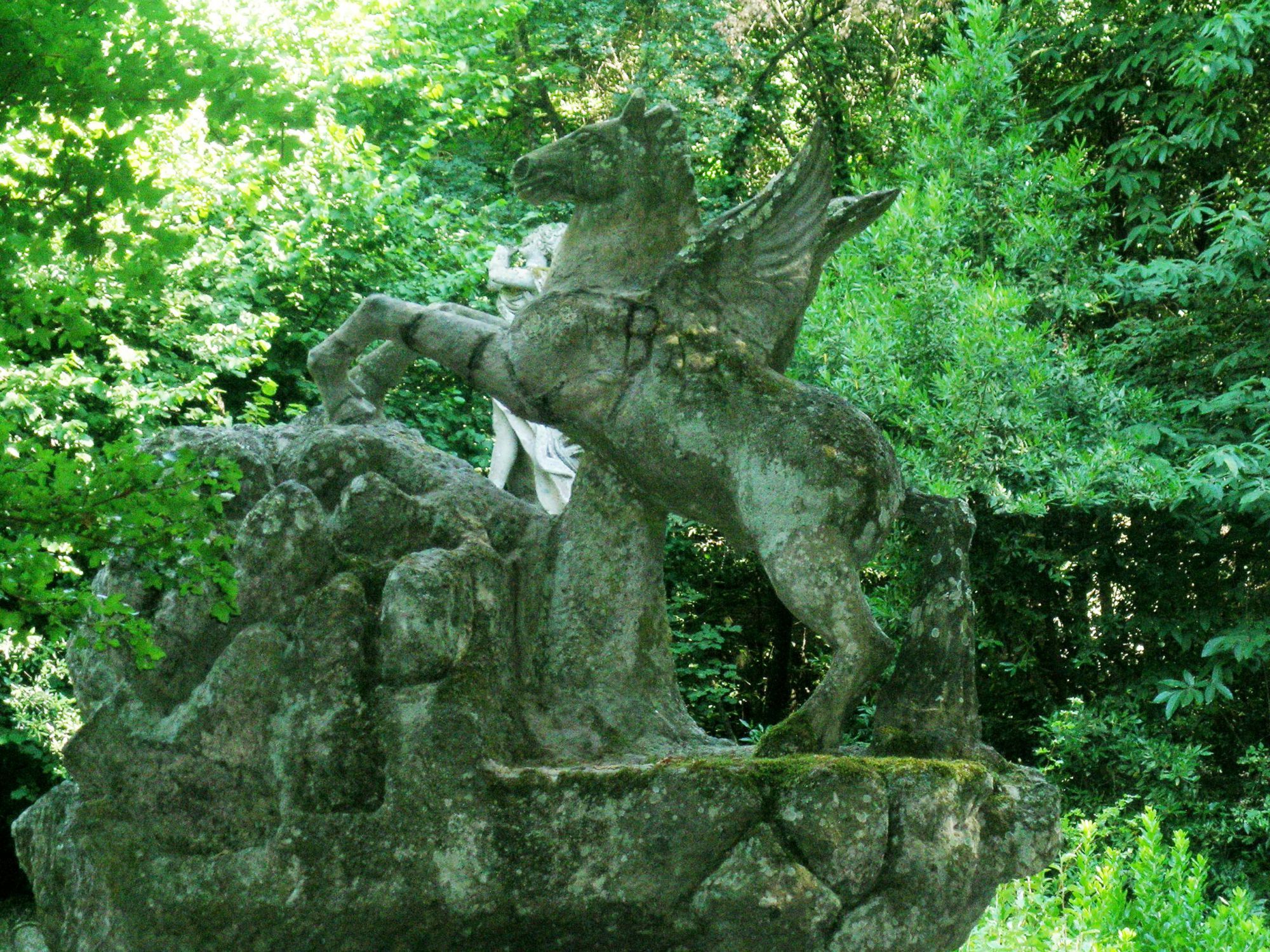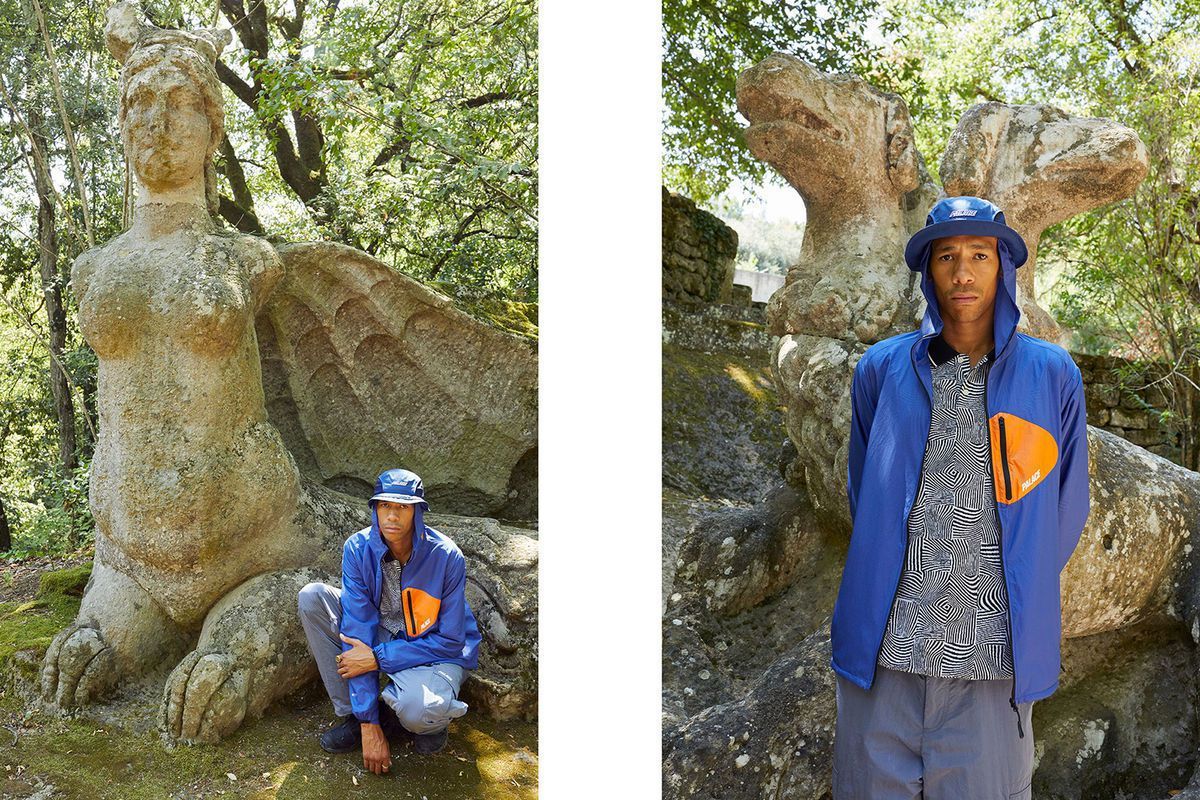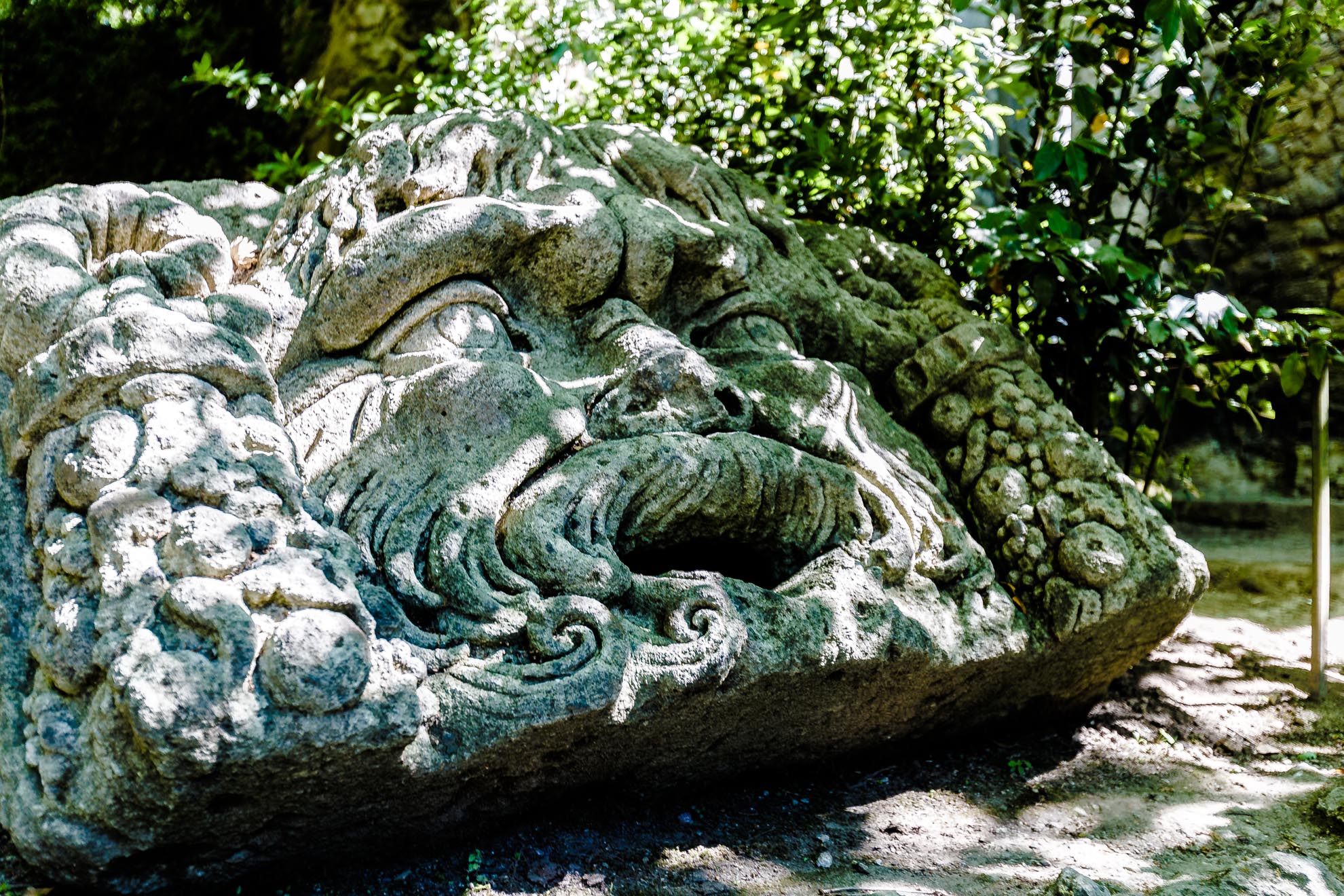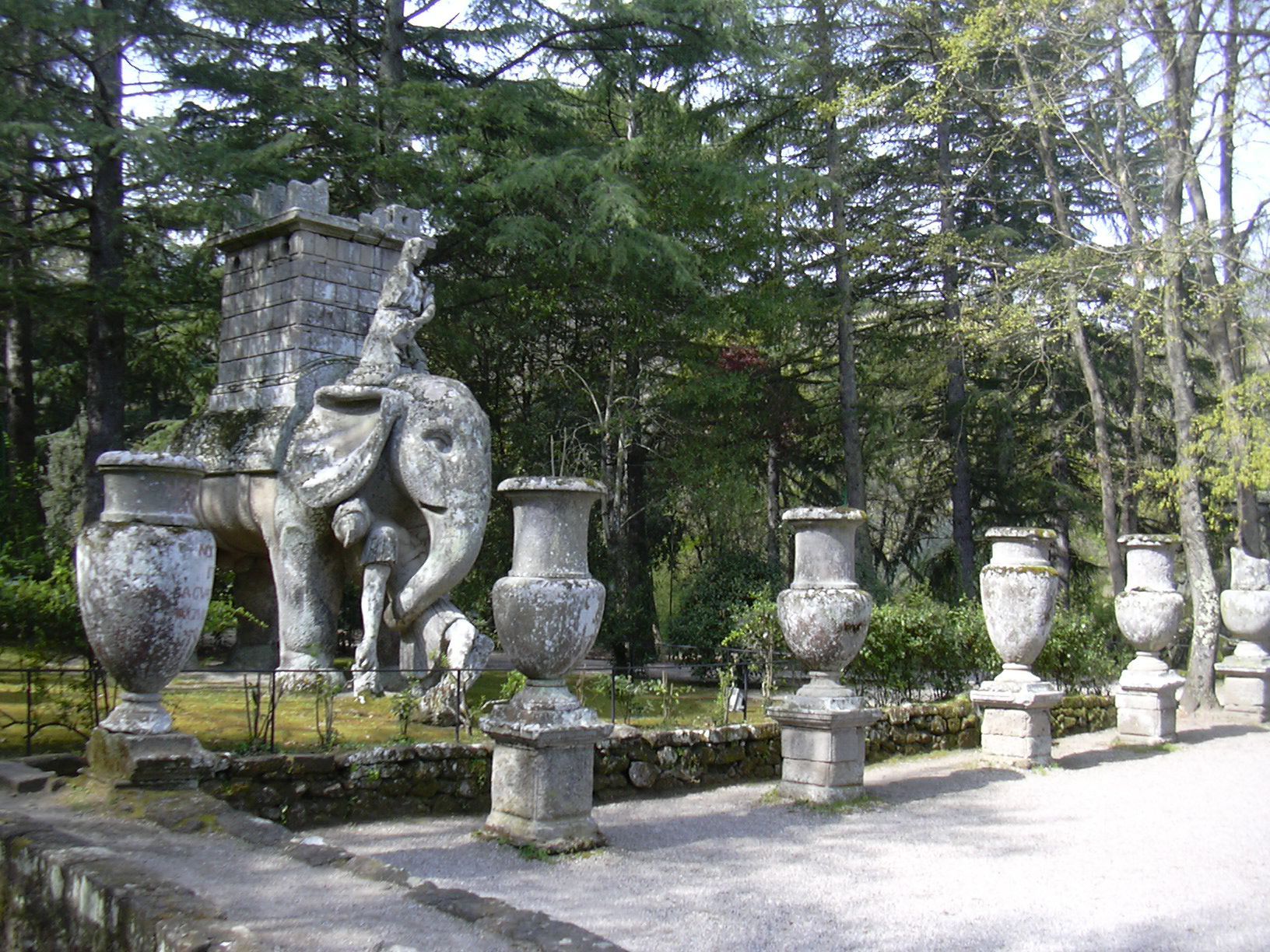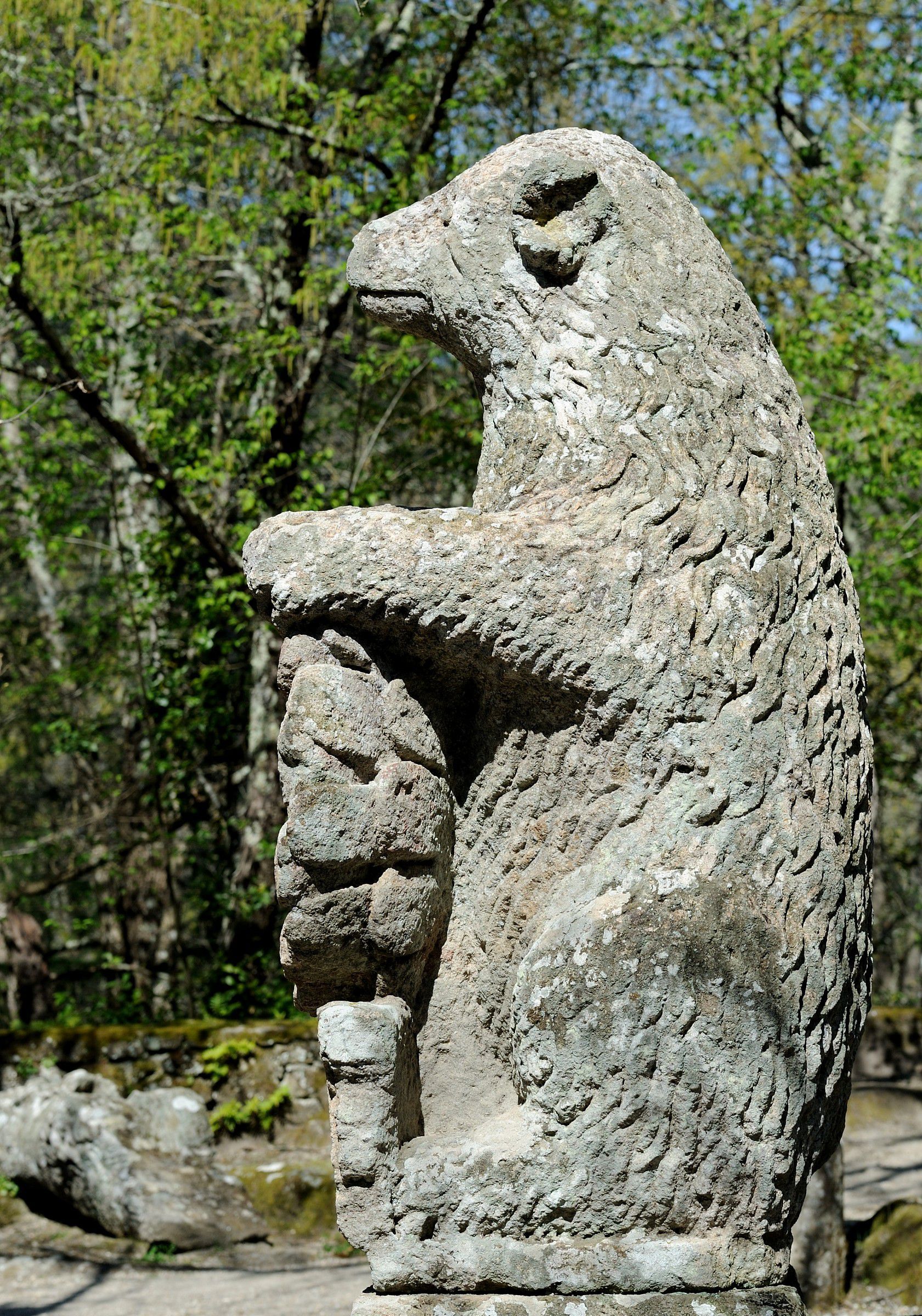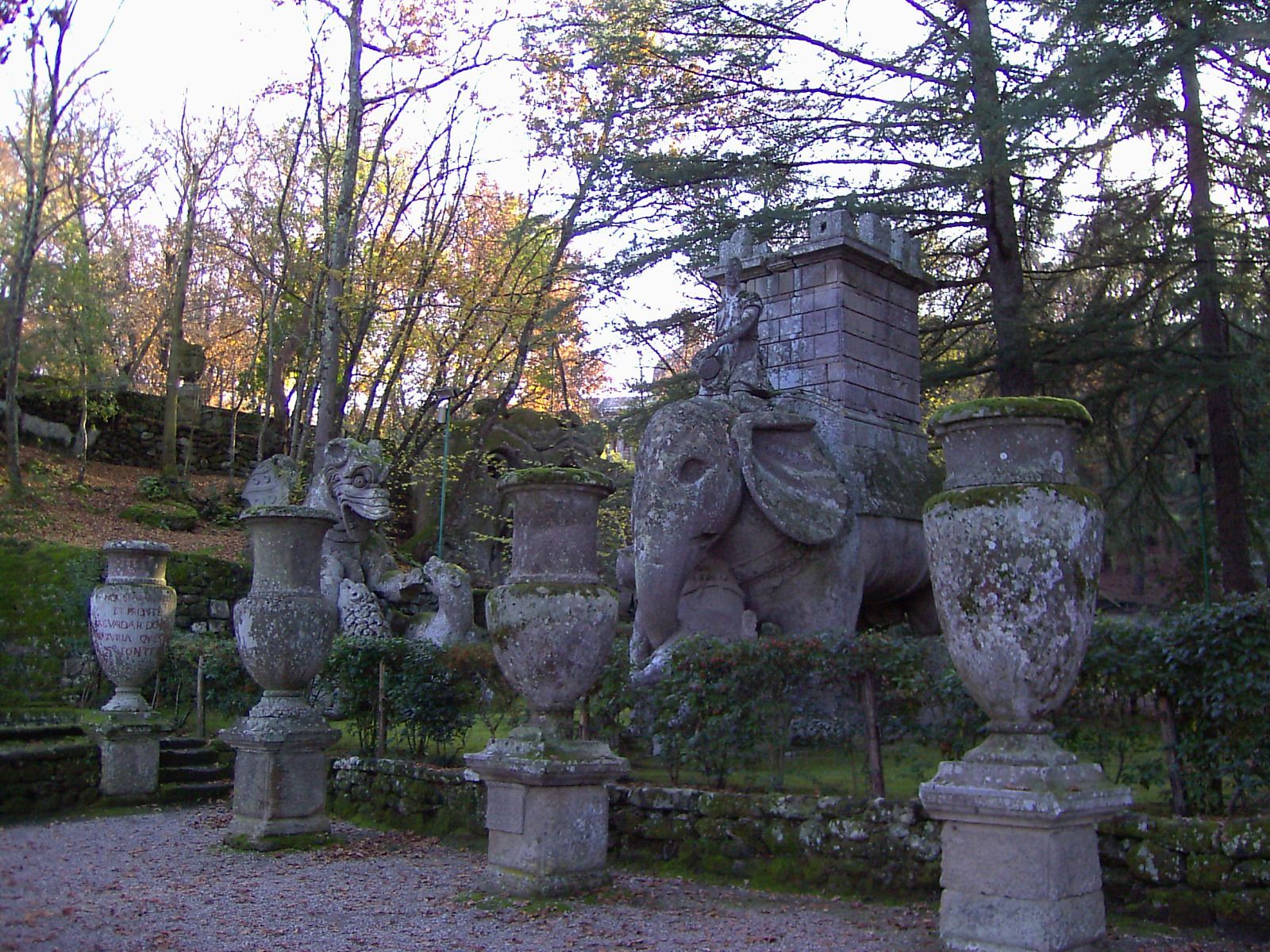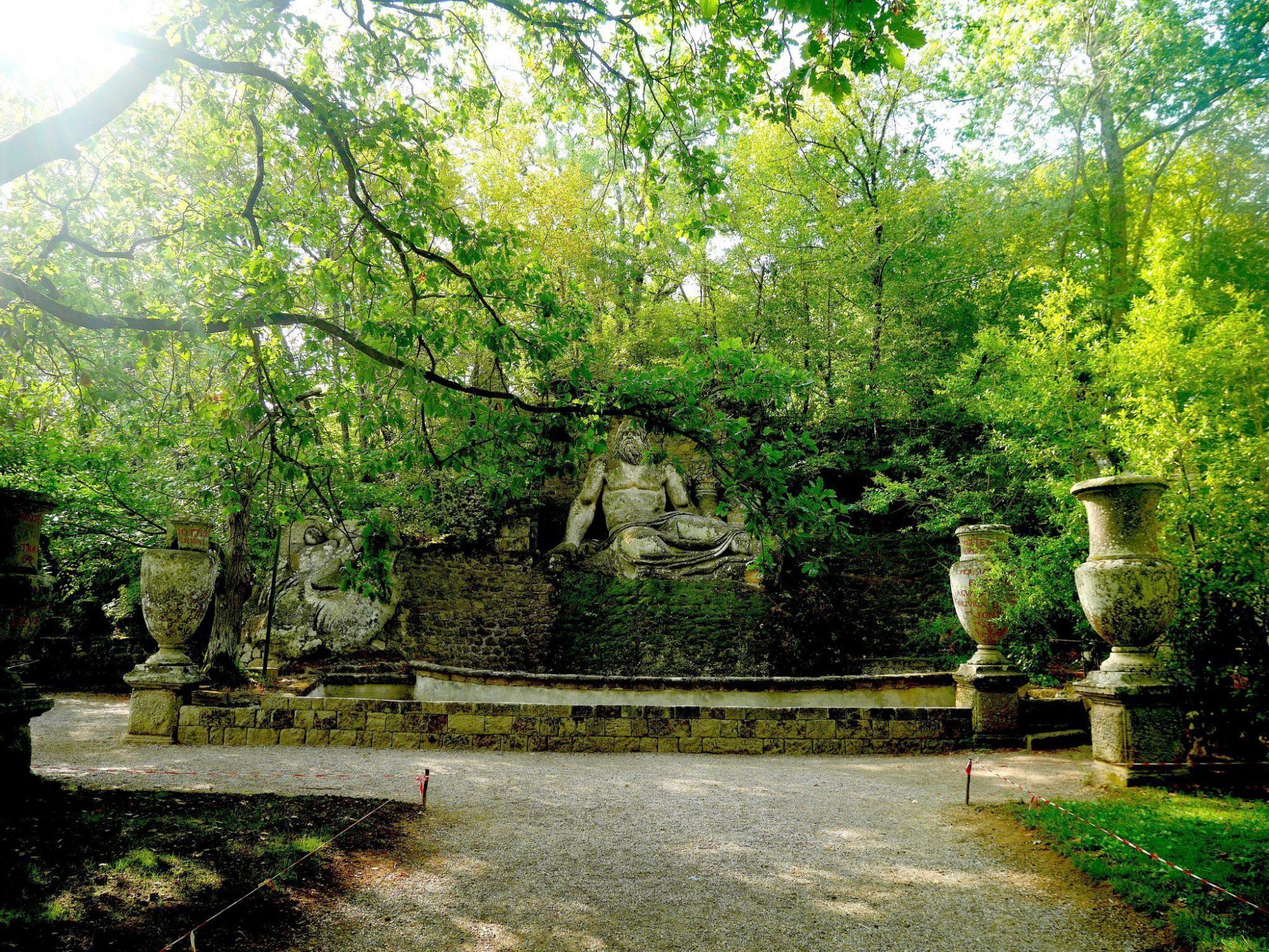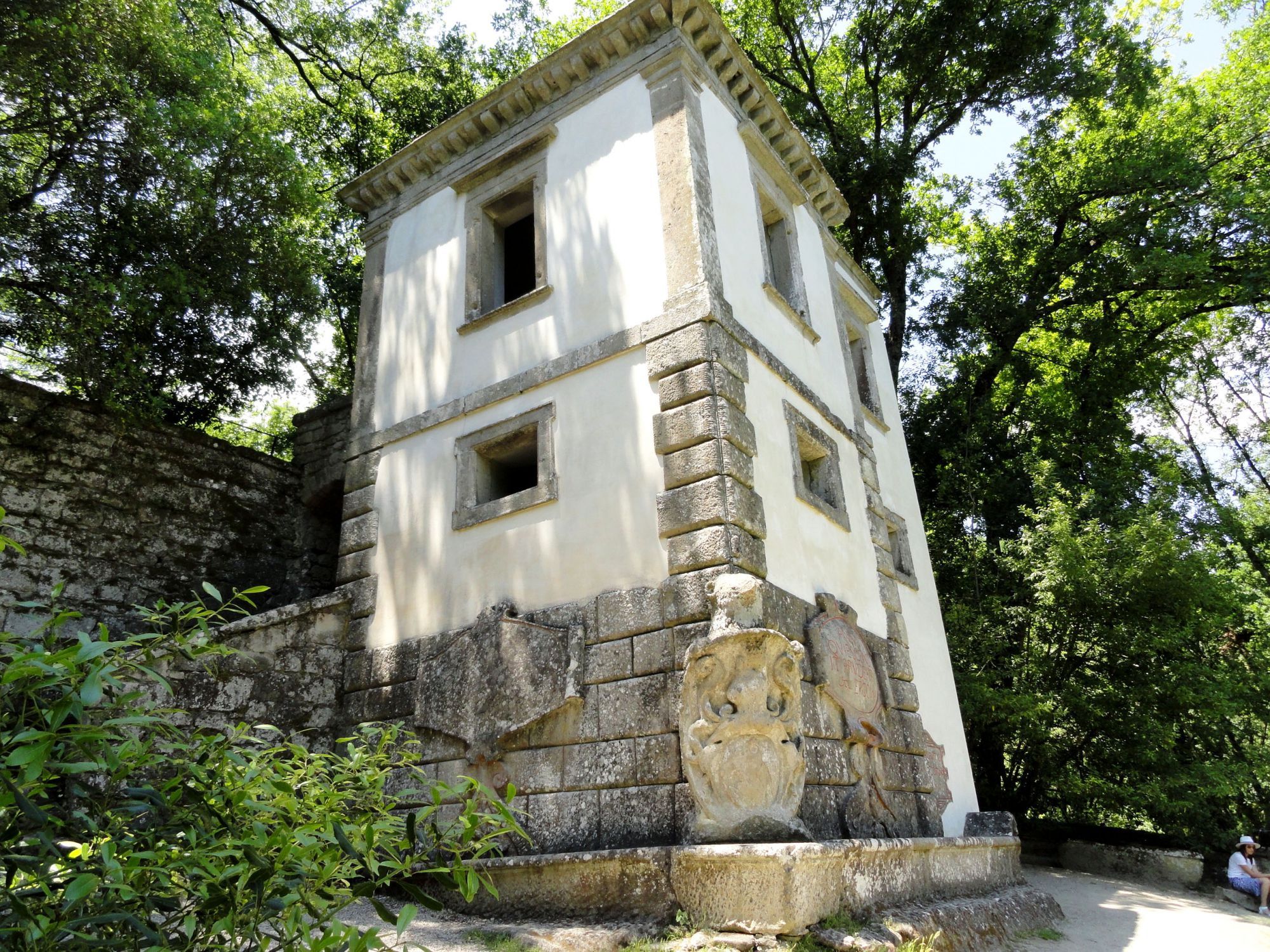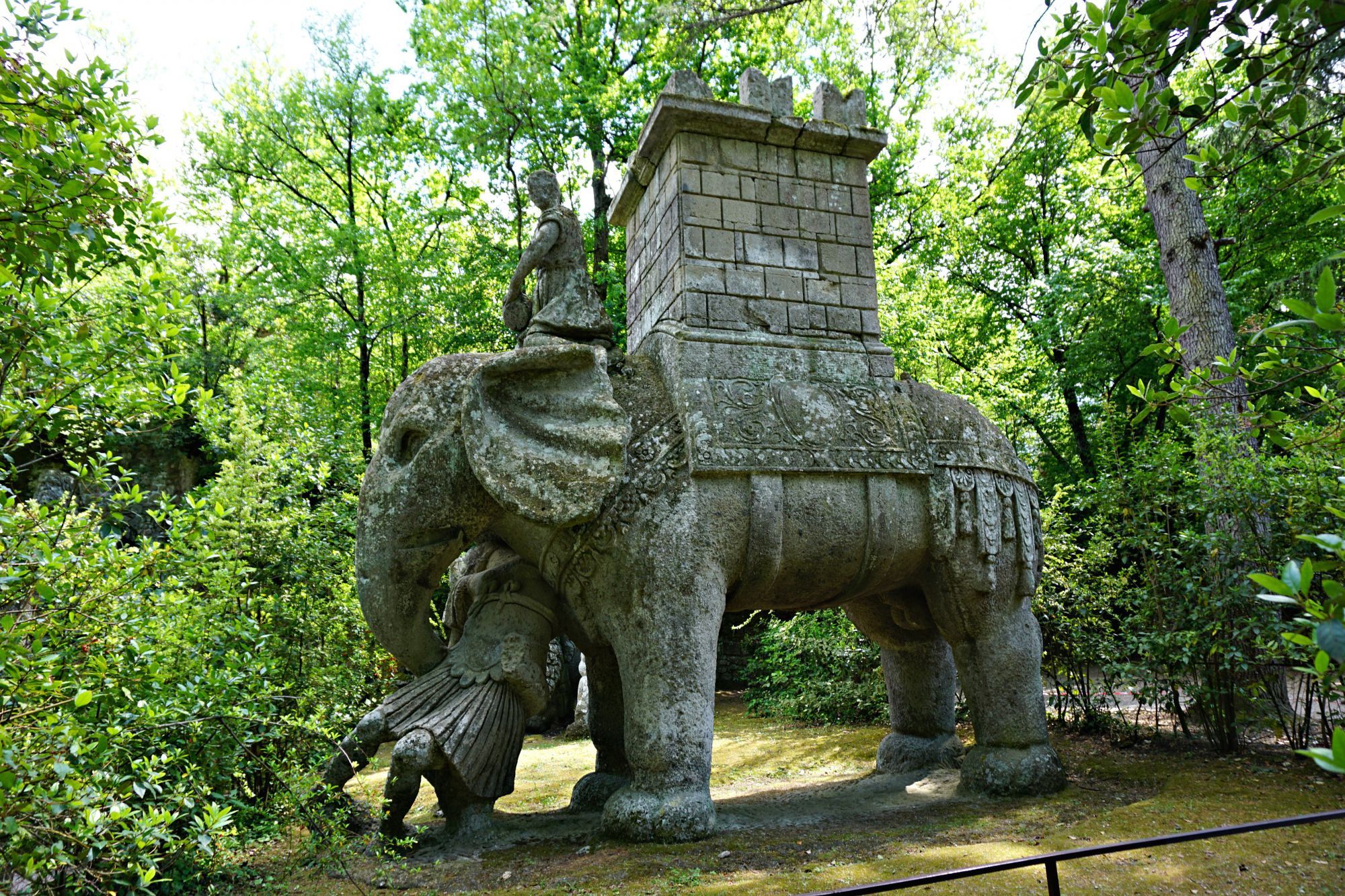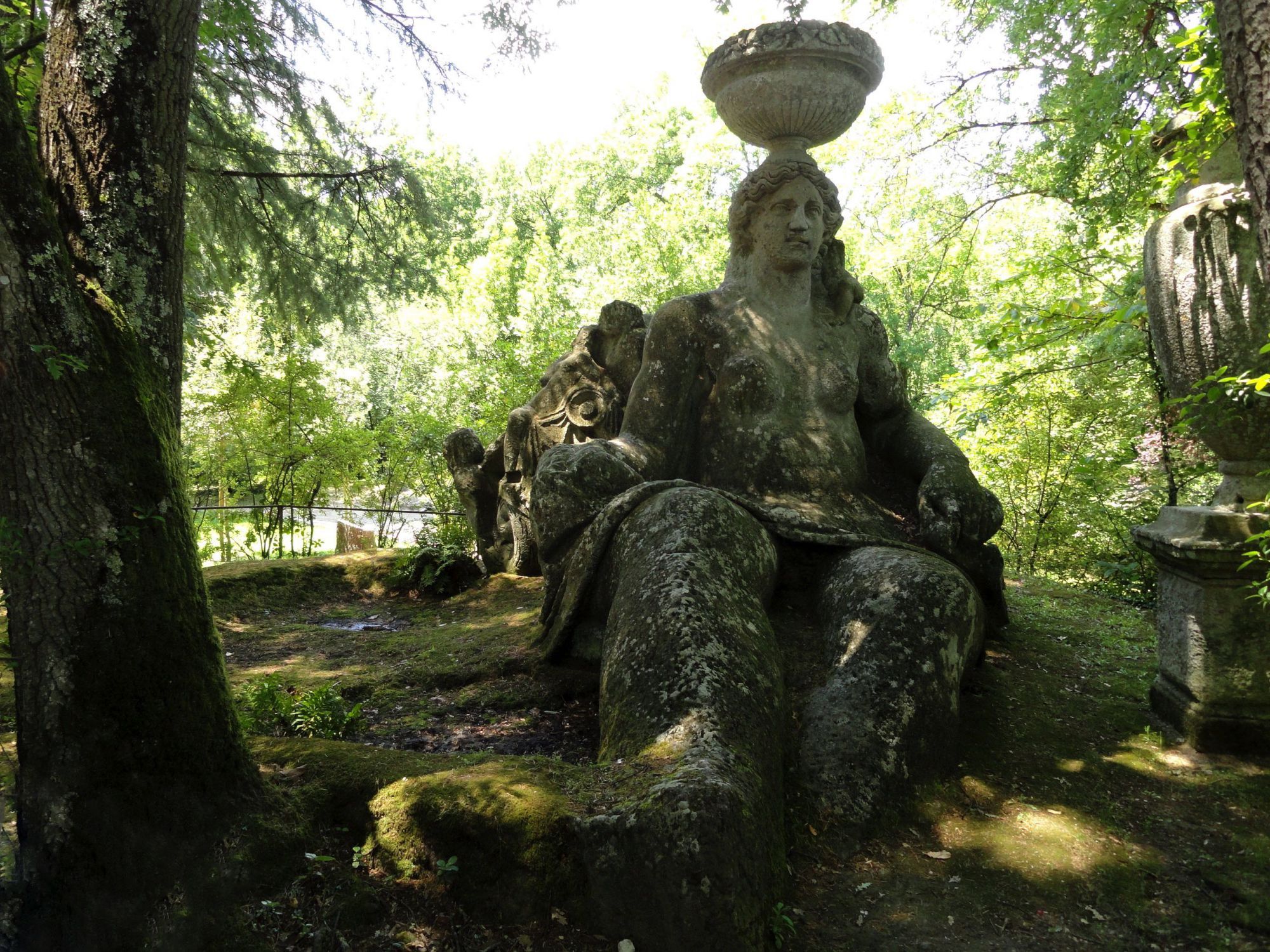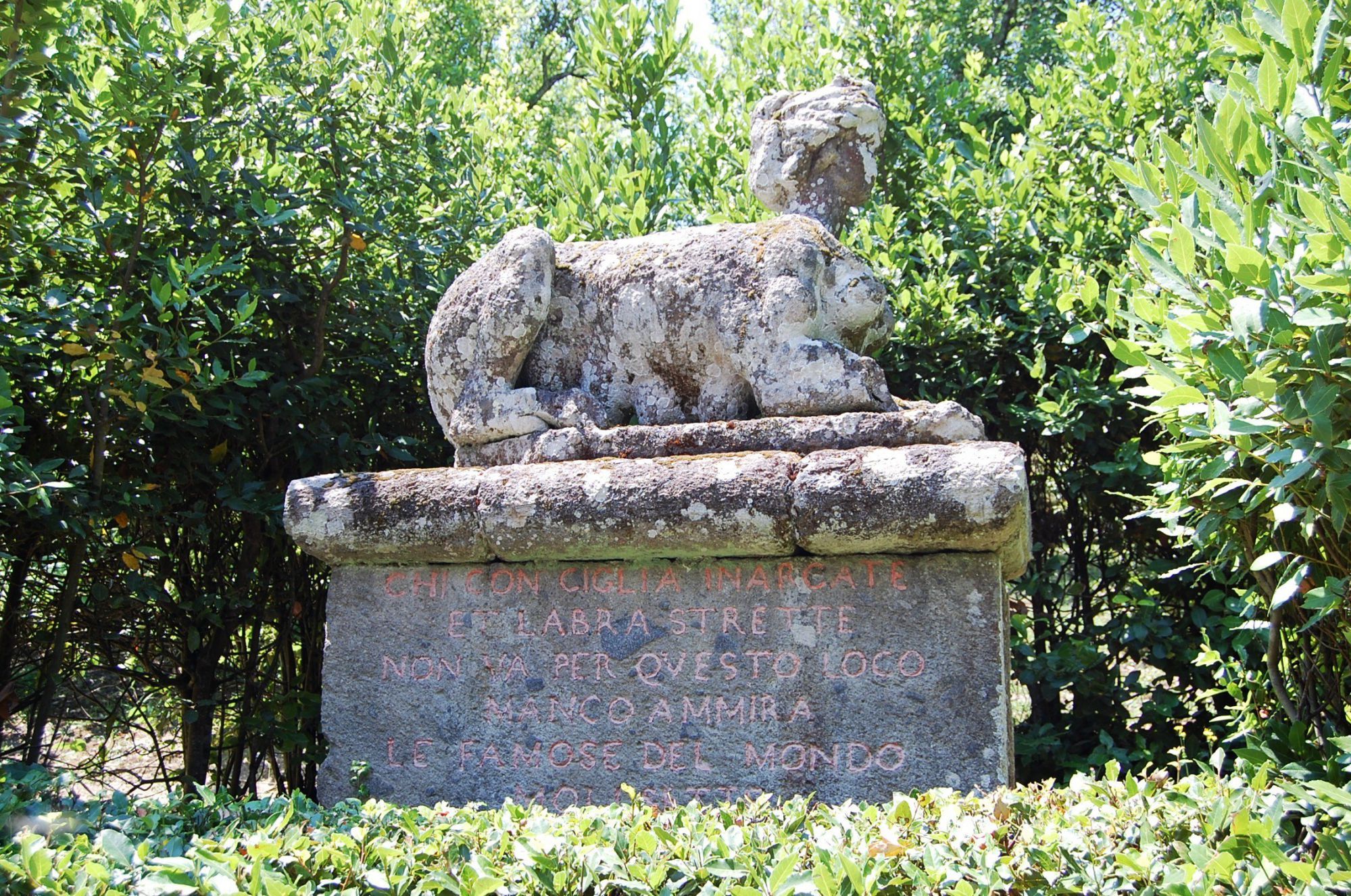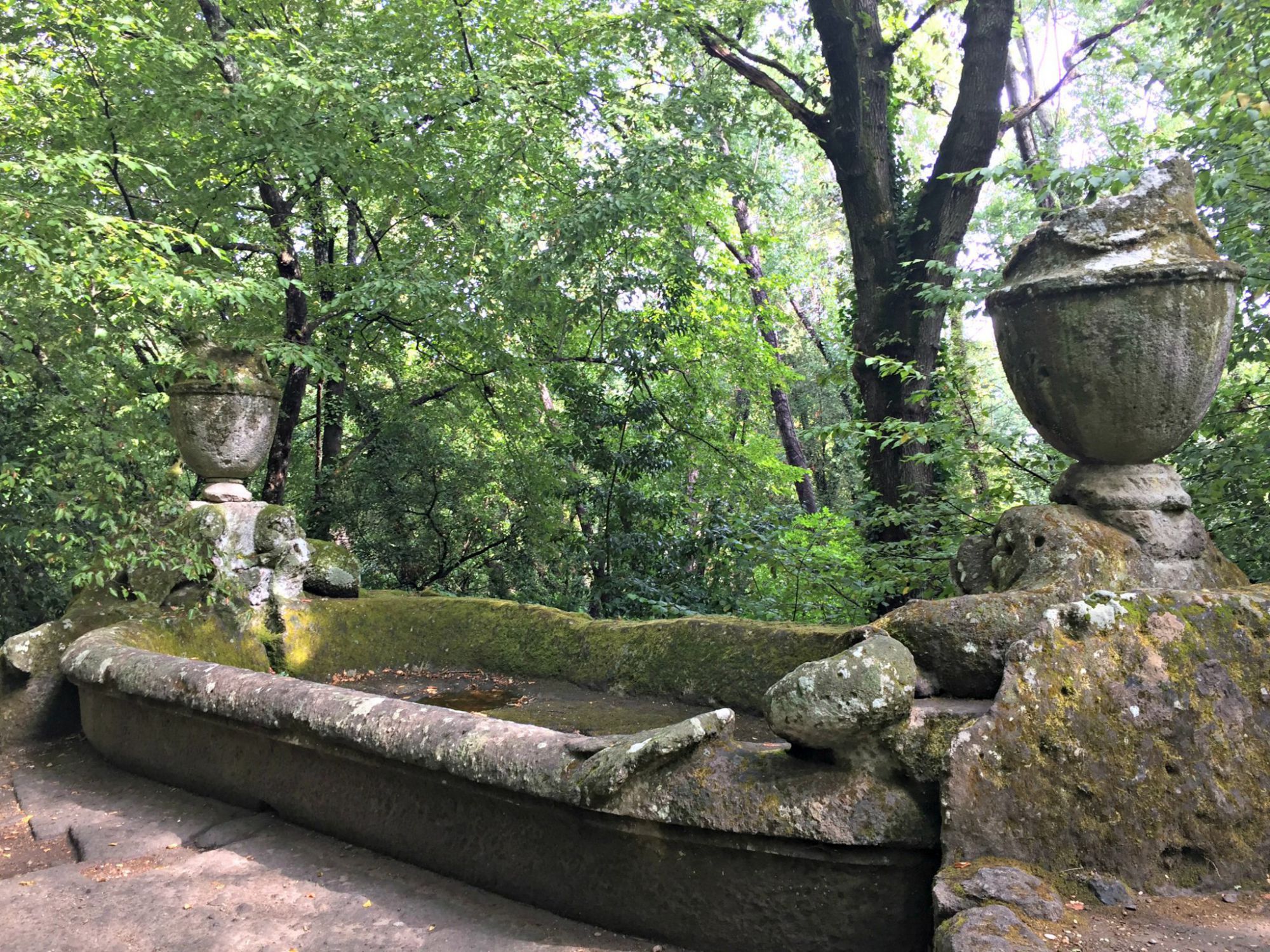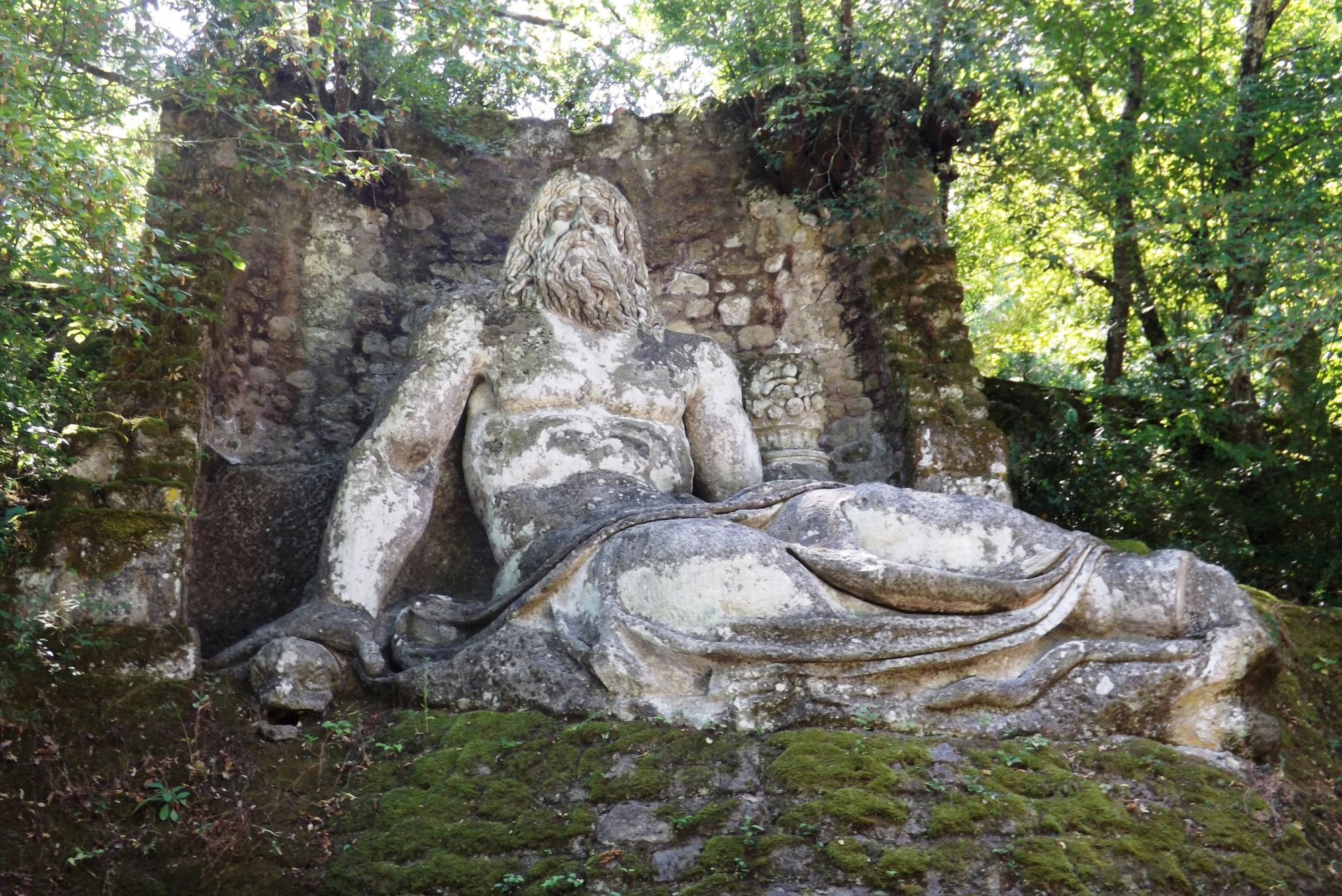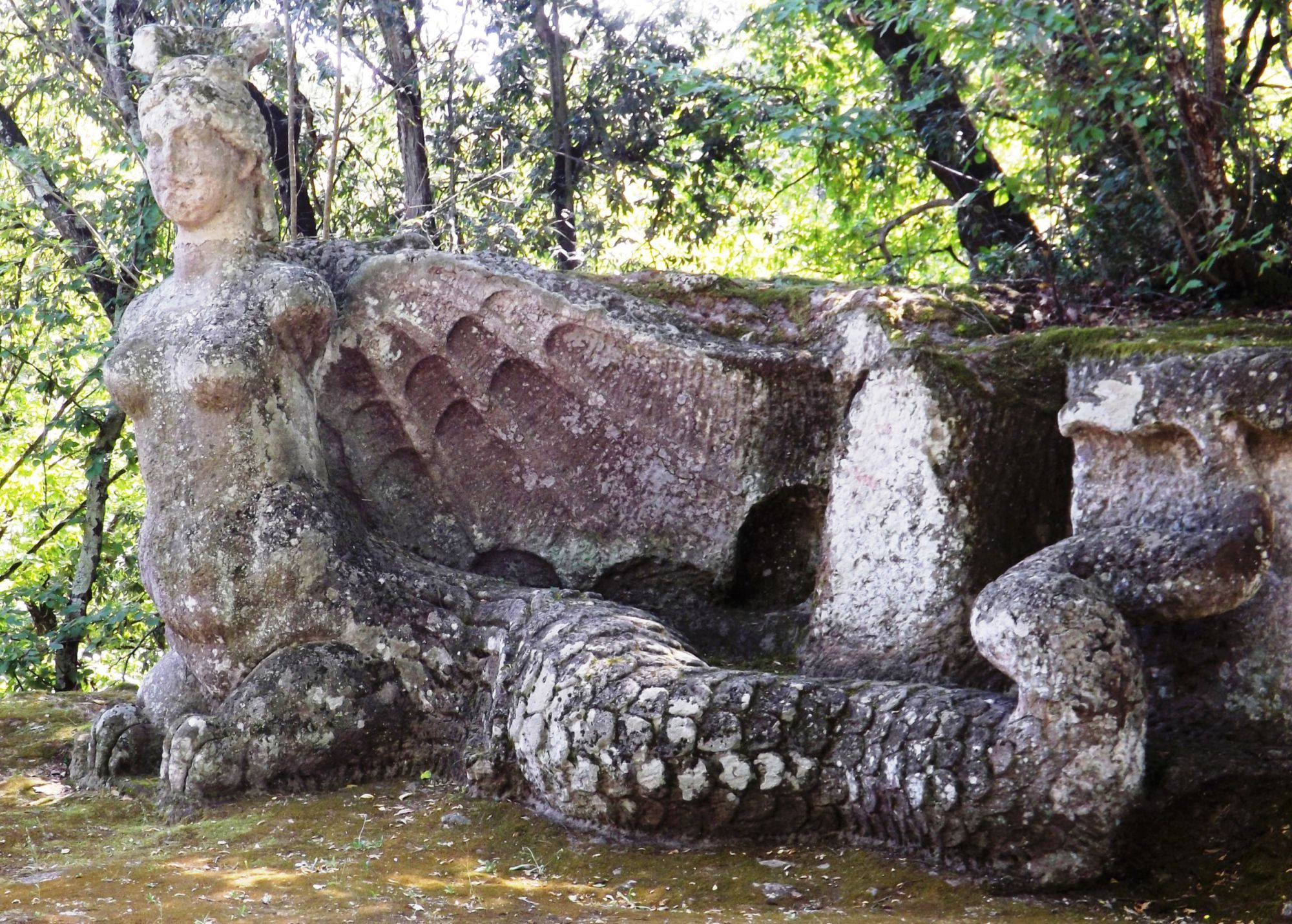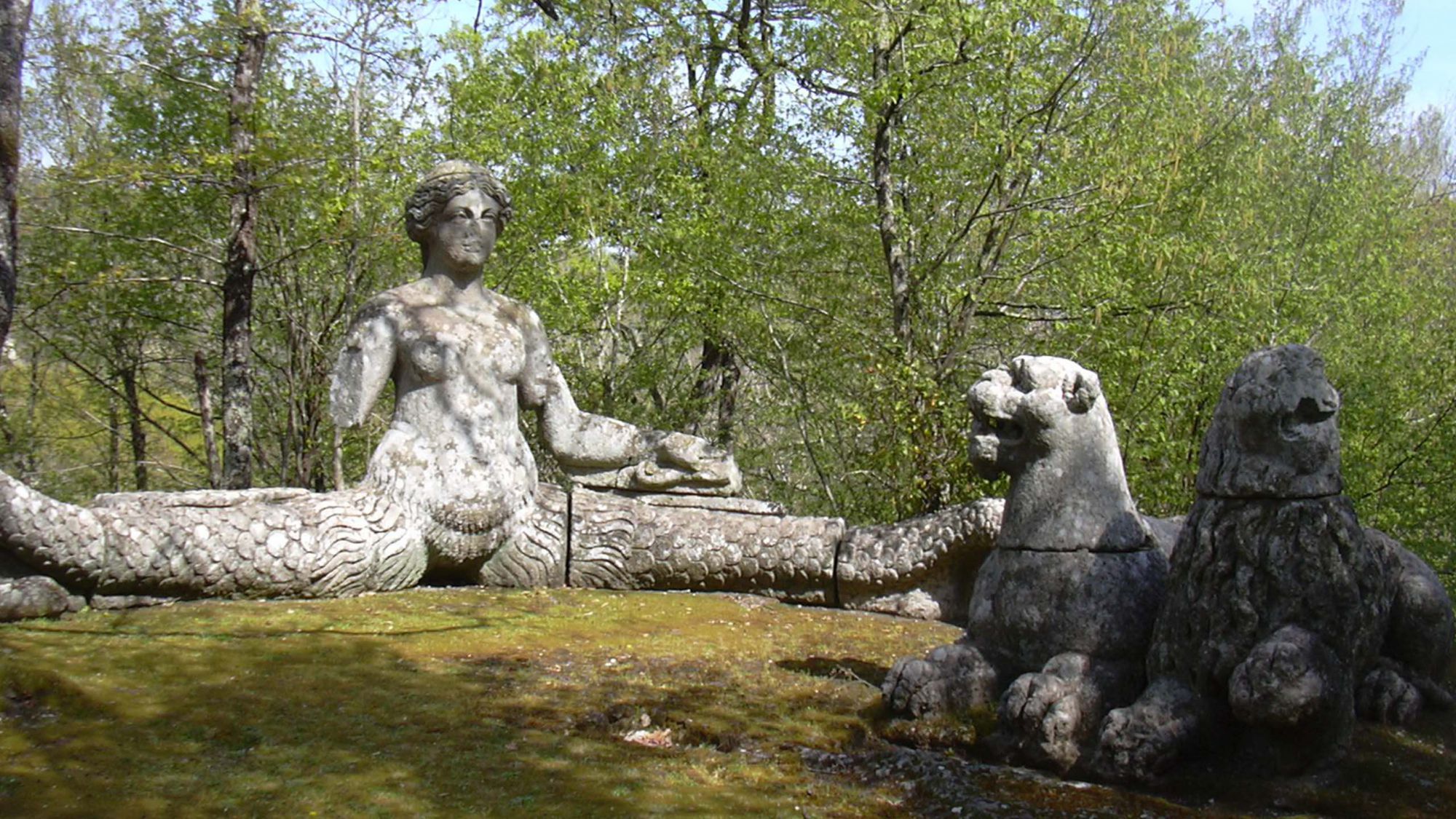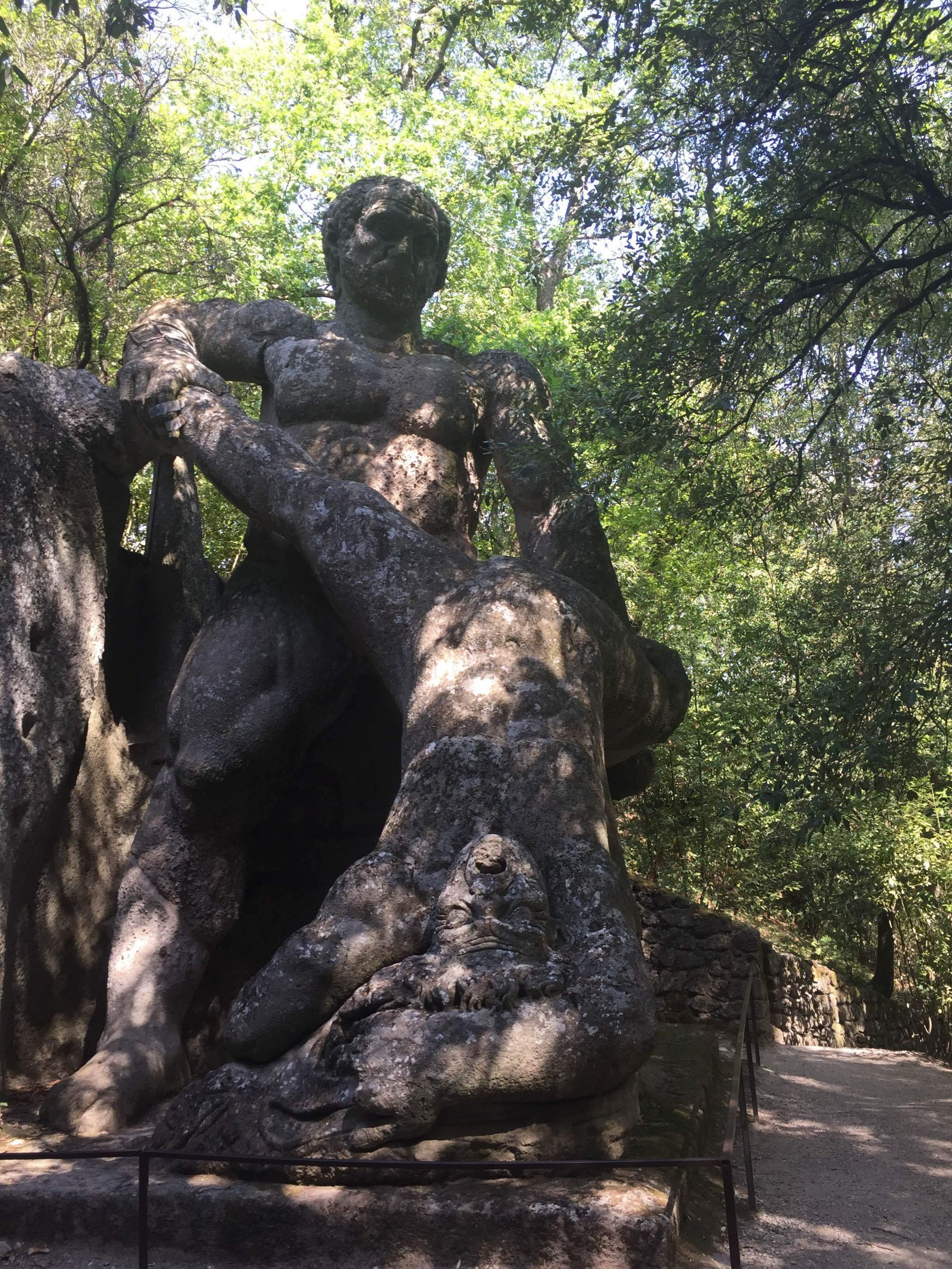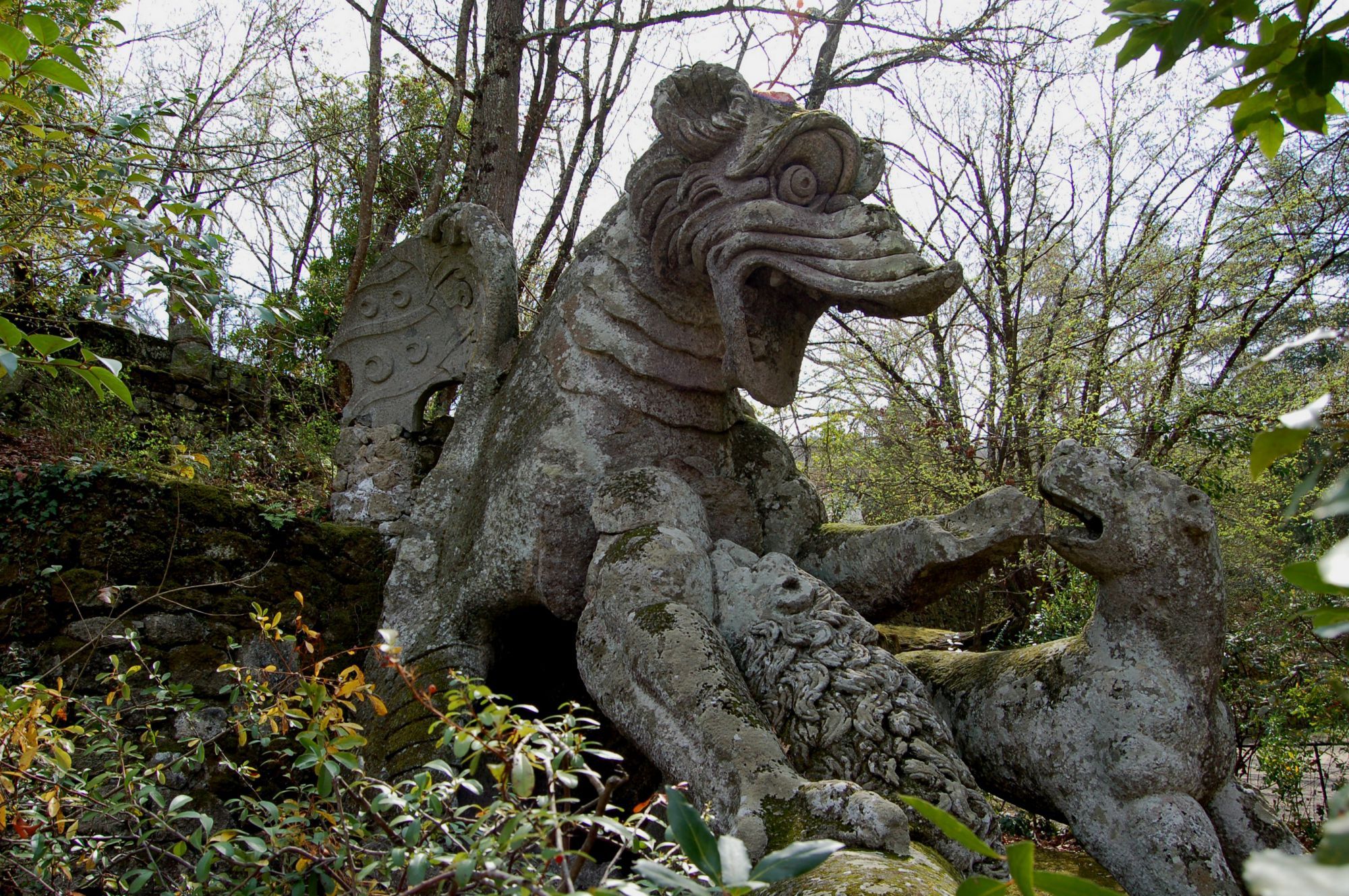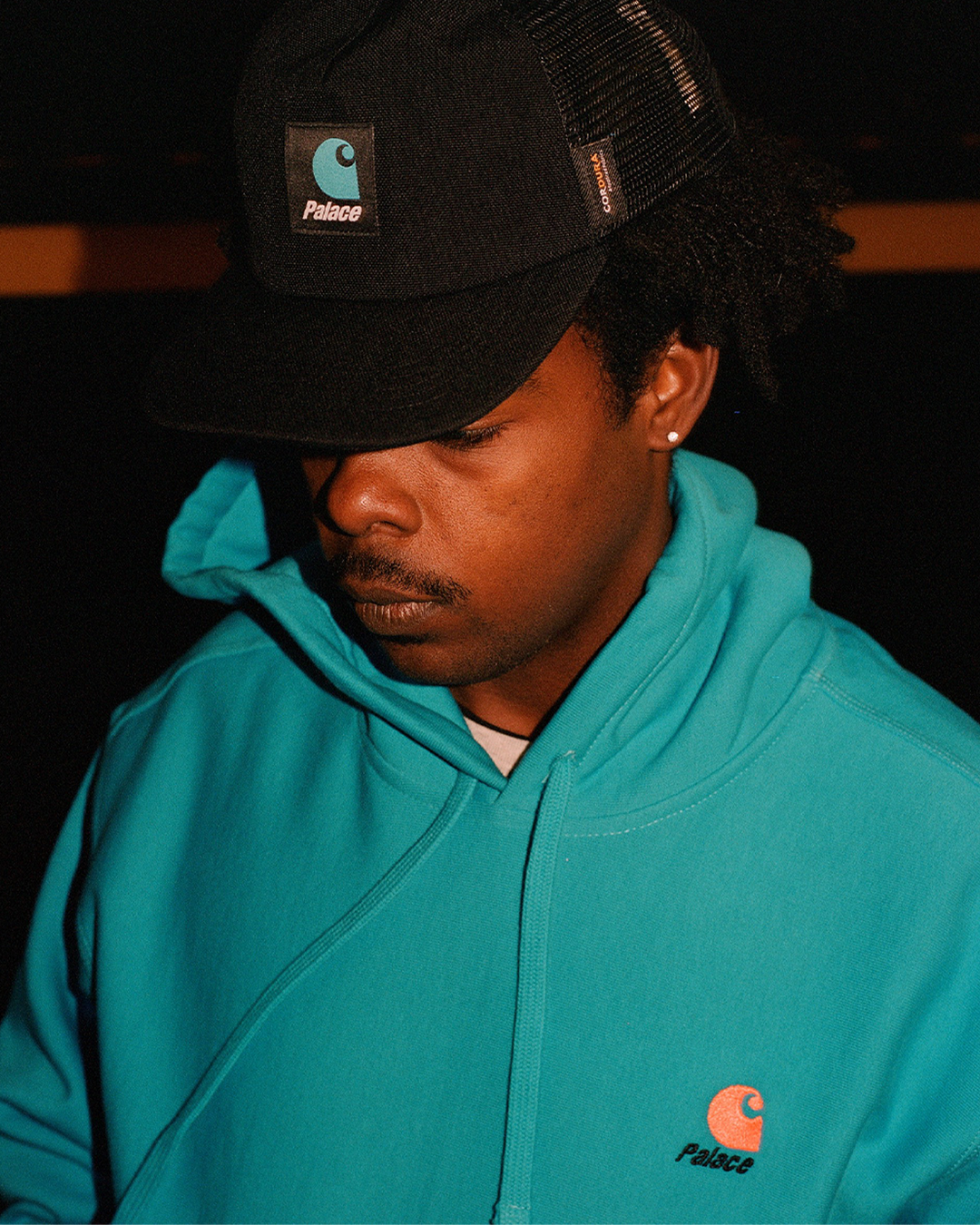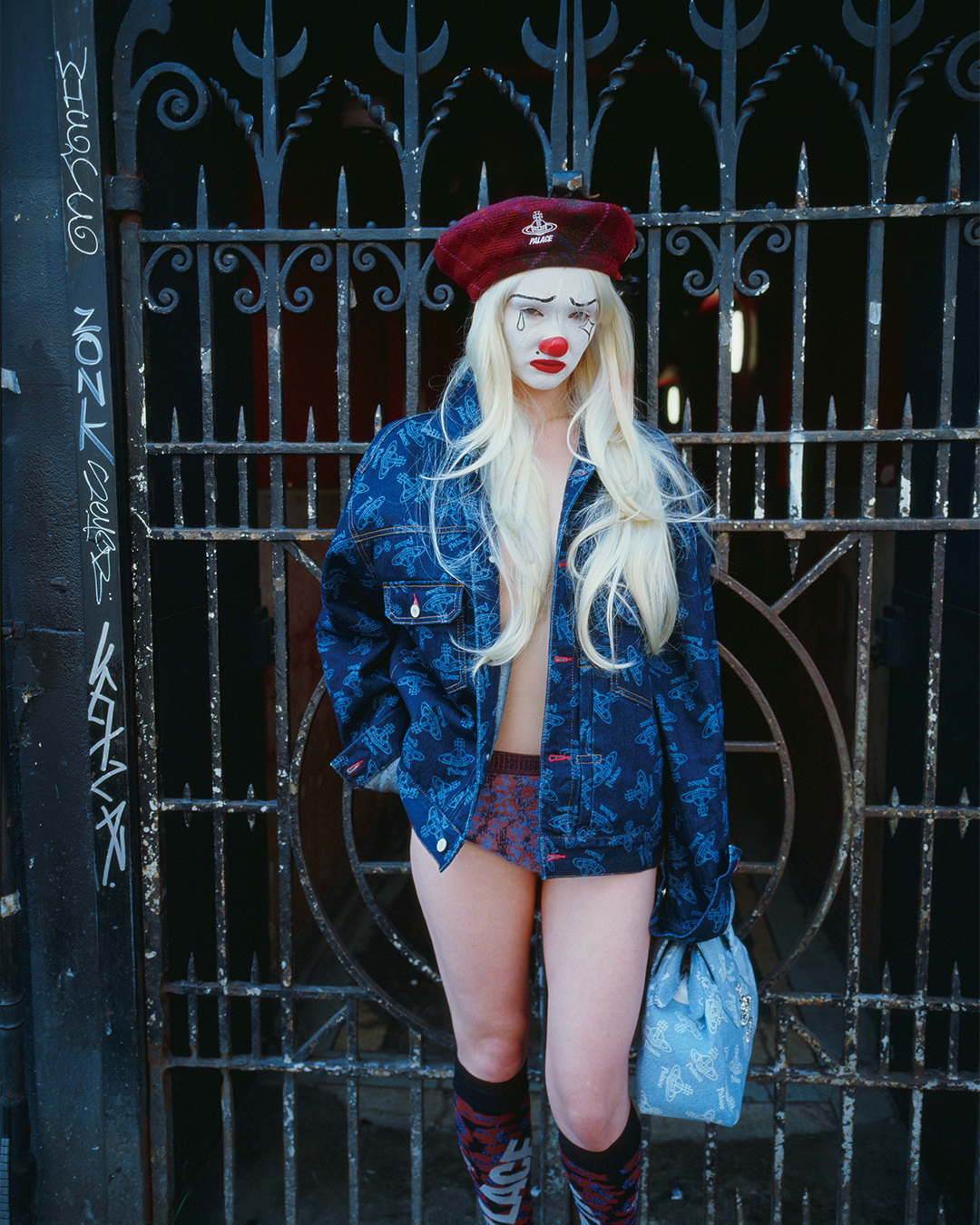
Il Parco dei Mostri The architectural transposition of the journey to the afterlife of a man in love
Not far from Viterbo, in the village of Bomarzo, there is a magical place, populated by large statues of sphinxes, giants, water lilies, whales, turtles, elephants, dragons and orcs. It is called Sacro Bosco, but it is also known as Villa delle Meraviglie or Parco dei Mostri, created in 1552 at the behest of Prince Pier Francesco Orsini, called Vicino, as a tribute to his wife Giulia Farnese.
If you are streetstyle addicted, you may recognize it as the location of Palace's FW18 lookbook, in which the brand leaders were portrayed with strange and disturbing stone creatures in the background, but, in reality, the origin of this garden of wonders has a story much more mysterious and esoteric than fashion. Among the many legends that are told about its origin, two are the main and perhaps most likely.
According to the first, it seems that Orsini was inspired by Hypnerotomachia Polyphilii by Francesco Colonna, a text of the '500 that retraced the long journey undertaken by the protagonist to reach and tear the beloved from death. A pain and a desire also shared by the lord of Bomarzo who, to recreate the same imagination, hired the Neapolitan architect Pirro Ligorio, Michelangelo's successor in the San Pietro factory, which designs the park, the mausoleum, the temple and the leaning house , while the peperino statues are the work of Simone Moschino. For the second theory, supported by the different inscriptions scattered everywhere, the entire park would be a path that reconstructs the different phases of the alchemical Opus, leading, in the end, to the esoteric truth. Who will be right? The scales, for example, can represent both the descent of the soul towards the underworld and the precipitation of an alchemical element. If the judgments on the hidden meanings, hide behind Pegasus, nymphs, neptune, giant fighters and other inhabitants in basalt of these three hectares of coniferous and deciduous forest are different, it seems certain that each of them reflect the great culture of the prince.
From the stones to the columns, from the oblique house and the Doric style temple dedicated to his wife, from Hercules to the Three Graces, from the huge elephant to the winged horse Pegasus, from the two sphinxes that welcome visitors to the famous head with their mouths the eyes wide open symbol of the park, everything is mirror of the culture of its creator. Recognizing literary and mythological quotations is almost a game: the Metamorphoses of Ovid, the Divine Comedy, the Decameron, the Canzoniere of Petrarca, the Orlando Furioso, Saturn, Giano, the triple Ecate, Proserpina, Cerberus, Ceres, ... At death Orsini, the Sacred Wood was abandoned by his heirs who considered it the result of the birth of a sick mind, and then restored 400 years by the Bettini family. Since then, this fantastic and disturbing place is visited by many visitors who, from November to March until sunset, look around in the park, intimidated by its mysterious stone creatures.
A fun fact: in 1934 Salvador Dalì, during a visit to Bomarzo, was struck by the visionary beauty of the place, which inspired his The temptations of St. Anthony.









































